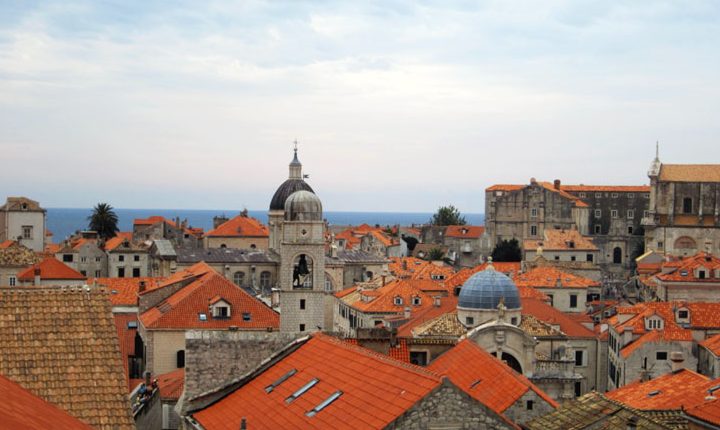Timothy in Charge of the Church
After Paul’s missionary work in Corinth, he left his trusted companion, Timothy, in charge of the church there. Paul wrote to the Corinthians, emphasizing the importance of respecting Timothy: “Let no man despise him.” While it would be fascinating to know exactly where Paul lived and preached in Corinth, we have very little information beyond his own letters. Archaeology may eventually provide more clues.
The American School of Classical Studies at Athens has already discovered significant remnants, including the lintel of the Jewish synagogue where Paul may have taught. These excavations gradually reveal parts of Corinth’s past, connecting the biblical history with physical evidence in the city. Although much remains to be uncovered, each find helps illustrate the early Christian community in Corinth Balkan Tours.
Modern Athens The City of Marble
A Marble City
Modern Athens is known as a city of marble. Many homes, business buildings, and almost all public structures are built from this elegant stone. Even some sidewalks are paved with marble, giving the city a distinctive appearance. Marble is central to both the city’s ancient legacy and its modern architecture.
Mount Pentelikos and the Quarries
On the slopes of Mount Pentelikos, two enormous cuts in the mountainside are visible from many miles away. One is the ancient quarry, which supplied marble for the Parthenon, the Temple of Jupiter, the Temple of Theseus, and other famous ancient Athenian buildings. The other cut was made in modern times and provides the marble used for the construction of today’s city of Athens Corinth from Ancient Ruins to Christian History.
The ancient quarry has been carefully protected for historical and archaeological reasons. For several centuries, no marble has been removed from it. The modern quarry, however, is still in use. The stone from this quarry is relatively easy to cut and transport. Its quality is not as fine as the famous Parian marble from southern Greece, but it is comparable to the marble from Italy’s Carrara quarries—and it is much more affordable.
Untapped Potential
It is surprising that no one has yet built a railway to transport marble from the modern quarry to Piraeus, Athens’ seaport, for export. A railway of about eighteen miles could be constructed, following the natural slopes, and could use gravity to move the heavy stone efficiently. Such a project would make it much easier to export this valuable resource and showcase Athenian marble worldwide.
A Blend of Past and Present
From Corinth’s biblical sites to Athens’ marble streets, Greece combines rich history with modern life. Excavations continue to uncover the stories of early Christians, while the city itself is built with the stone that has shaped its beauty for centuries. Both Corinth and Athens remind visitors of the deep connections between ancient traditions and contemporary Greece, where every building and every ruin has a story to tell.








